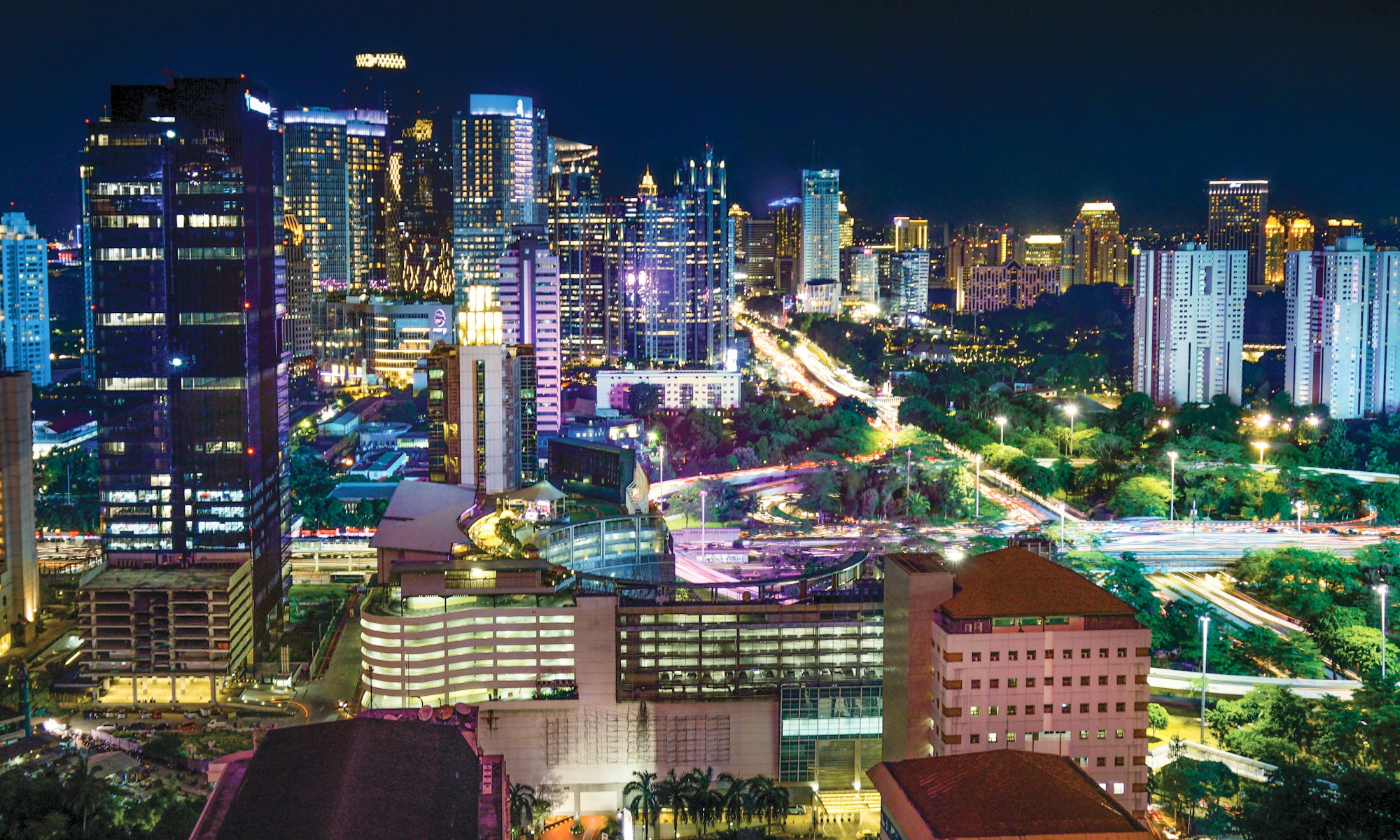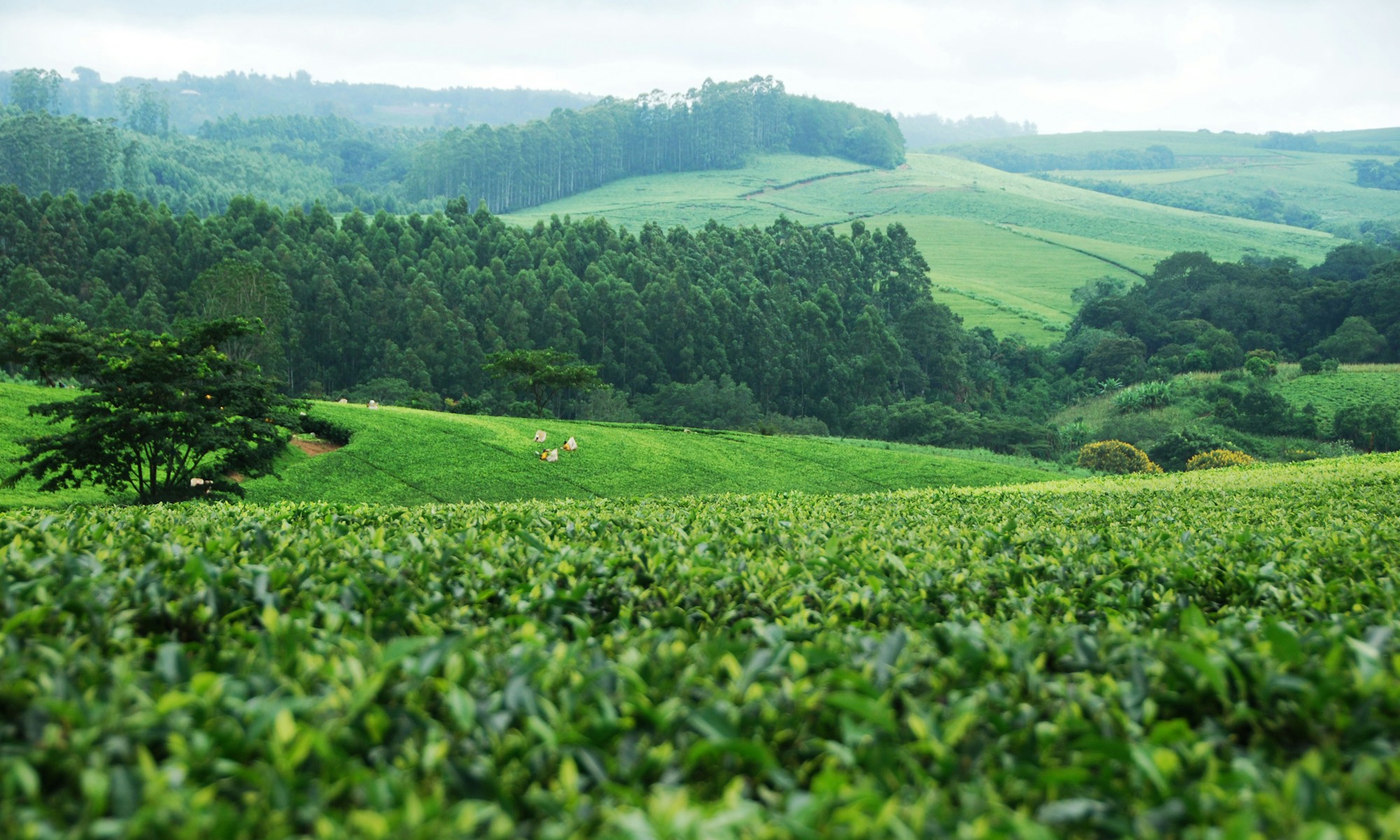14 December 2021 – by Co-founders Yumna Kamel and Stephanie Hader
Earth Refuge took off when we launched it on 14 December 2020.
Not because of the brilliance of its co-founders, but because we had initiated steps to actively fill a glaring gap in the legal sphere, and this gleaned traction. What started as two recent law graduates seated behind our computer screens grew into a collective of over 50 dedicated individuals. Representing varying backgrounds and time zones, we brainstorm protections for affected communities, and safeguard the airtight processes of our constantly-growing platform.
The heart-wrenching reality of countless individuals and families globally whose lives are uprooted and destroyed – either rapidly or sequentially by a multitude of natural disasters – still fails to appear as a priority on global agendas, or in popular discussion as proven by the COP26 summit.
The landscape of climate migration is dire. It remains arguably the largest crisis of our era: the scale of human suffering and vulnerability is already immense, and it is set to worsen.
This inspired us to ensure that they are not burdened with even more depravity and instability in the aftermath. Establishing a coherent system of enforceable rights and duties in the climate migration matrix is our aim.
The last year has been defined by the juxtaposition of global calamity with the support and connection we have experienced. It has driven us to keep going in the face of barriers like the inability to conduct field work. The sphere of individuals and organisations focused on understanding and addressing the issue of climate migration – and its myriad of nuances – remains intimate, but we are grateful for the ways in which we have been welcomed into this space.
Special thanks go to our founding advisor Dave-Inder Comar, Nisha Agarwal of IRAP, Dr. Chris O’Connell, Professor David Oppenheimer of the Berkeley Center on Comparative Equality & Anti-Discrimination (and the Immigrant Justice & Climate Refugees Working Group), Todd Miller, and Amali Tower of Climate Refugees.
Sometimes it does serve to look at the smaller picture – the zoomed in pixelated one – to ascertain where progress and hope lie.
One of the first meaningful conversations we had took place in the late summer of 2019, sitting on a bench in Blanche-Levy park at the centre of UPenn’s Philadelphia campus. We’d known each other for no more than a month but were already dubbed “StephandYum” (one word) by our colleagues.
Whilst simultaneously stuffing our faces with falafel from a food truck – we miss you, Magic Carpet! – we got into the good stuff: from personal philosophies and favourite authors to the meaning of life. We had absolutely nothing in common, and yet we were able to communicate with each other on an ultrasonic level. Little did we know this would be the defining strength of our future leadership. As our lunch break neared its end, Steph was struggling to find the words to describe what it’s like to experience the sum of our conversation.
Yumna offered “overwhelmingly human..?”, and it quickly became our catch phrase. When either of us exerts energy into trying to fix a problem or understand an experience, by branding it overwhelmingly human, we acknowledge how small we are in the scheme of existence, how things are written (Yumna’s belief) or determined (Steph’s belief) even if our minds can’t gauge it. It provides a little comfort and a dose of humility, too.
And it’s how we’d describe the experience of creating and maintaining Earth Refuge together, two years later.
Since its inception, what we have learnt is that running an organisation in favour of a cause that is larger than life (or ego) requires the same ingredients as a healthy friendship: self-awareness and self-trust, clear communication, and cognizance of strengths and weaknesses. Then, you need to recruit people whose strengths deliberately correspond with your identified weaknesses, and be willing to face growth, challenges, and criticism head on. Above all, you must welcome change.
We won’t sugar coat it: it has been outright hard. This experience has been punctuated with learning curves. We have backtracked, paused, had false starts, and burnt out. We often forget to set it against its true background: an ongoing global pandemic, and the fact that we have not physically been together for over a year. We have learnt to set boundaries, and we have learnt to rest. For the most part, we have been co-executively directing a not-for-profit organisation whilst juggling life, with a time difference of at least seven hours between us at any given time.
Yet, with the creativity and faith of our talented, multi-faceted, dedicated team, we have churned out some incredible initiatives (like the Riskland podcast, and our Legal Database that drops today!), rehashed others (visit our Community to learn more), and find ourselves ready to embark upon hugely impactful projects in the New Year (look out for the development of our very exciting Legal Advocacy and Education projects in 2022).
You are only as good as your team, and ours is fantastic. We are immensely grateful to Nikoleta Vasileva, Robert Los, Lauren Grant, Aubrey Calaway, Daven Camille, Lise Rigaux, and Lillian Millette to name but a few. Thank you for getting us to where we are, and where we will be.
If you’d like to connect with this formidable bunch and our cause, please don’t hesitate to join us. There’s a role for everyone to play on this journey.














